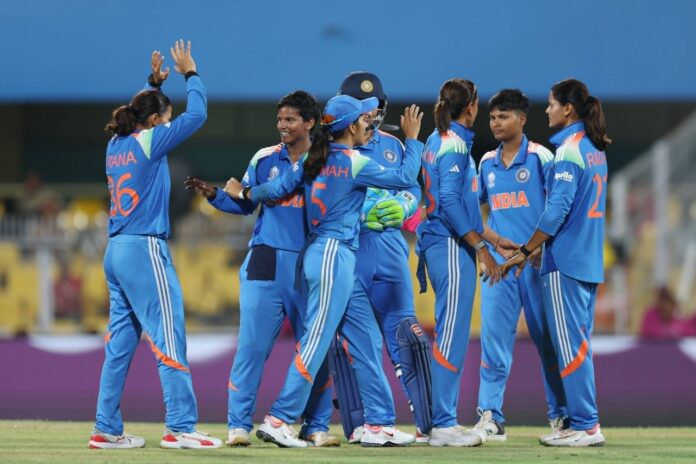
Any cricket match between India and Pakistan is characterized by ferocious emotions, skyrocketing TV ratings, and furious fans. However, at least on the field, the drama that usually surrounds a match between the traditional rivals is subordinated in women’s cricket.
In actuality, the rivalry has been a one-sided storyline that significantly favors India; although Pakistan has managed three victories in 16 T20I matches, they have never defeated India in 11 ODI efforts. The customary emotions and intensity may still give it a theatrical feel.
Fans on the other side of the border mutter about their team changing the course of history whenever the two teams play, yet the gap between them is still as great as ever. The Indian women’s team is so dominant, in fact, that the term “rivalry” seems out of place. Balance, back-and-forth strikes, and competitions in which either side can prevail are the means by which rivalries are created.
This matchup hasn’t been like that at all. Rather, these games have taken on a new significance. Wins against Pakistan have served as regular stops along the way for India during World Cup runs or tournament openers.
For Pakistan, however, every conference has been about surviving and attempting to close a gap that has only grown wider over time.
Following three weeks of intense drama involving their male counterparts in the Asia Cup, which ended with victors India refusing to take the trophy from Mohsin Naqvi, the chairman of the Pakistan Cricket Board and the head of the Asian Cricket Council, the two teams will play again on Sunday.
In a remarkable moment, Naqvi also refused to give up his authority to present the cup and took it with him. The winning team has not yet received the trophy.
However, based on India’s decisive 59-run victory over Sri Lanka and Pakistan’s women’s team’s insipid seven-wicket loss to Bangladesh in their tournament opener, Sunday’s match seemed likely to unfold according to the same pattern in terms of play.
The narrative won’t change until Pakistan ends the losing streak and wins for the first time. Beyond cricket, however, there may be a lot of tension at the R Premadasa Stadium on Sunday.
The tension around the event has only increased as a result of the two nations’ deteriorating relations after the horrific assault in Pahalgam that killed 26 people. Only in multi-nation competitions does the Indian government still allow matches against Pakistan; bilateral cricket is still prohibited.
The Indian women’s squad is therefore unlikely to shake hands with their Pakistani counterparts, as is the case with the men’s team during the Asia Cup. Given the current tendency, the on-field activity may not be spectacular, but we may see some of it off the field as new, hostile norms between the players of the two teams quickly take hold.









